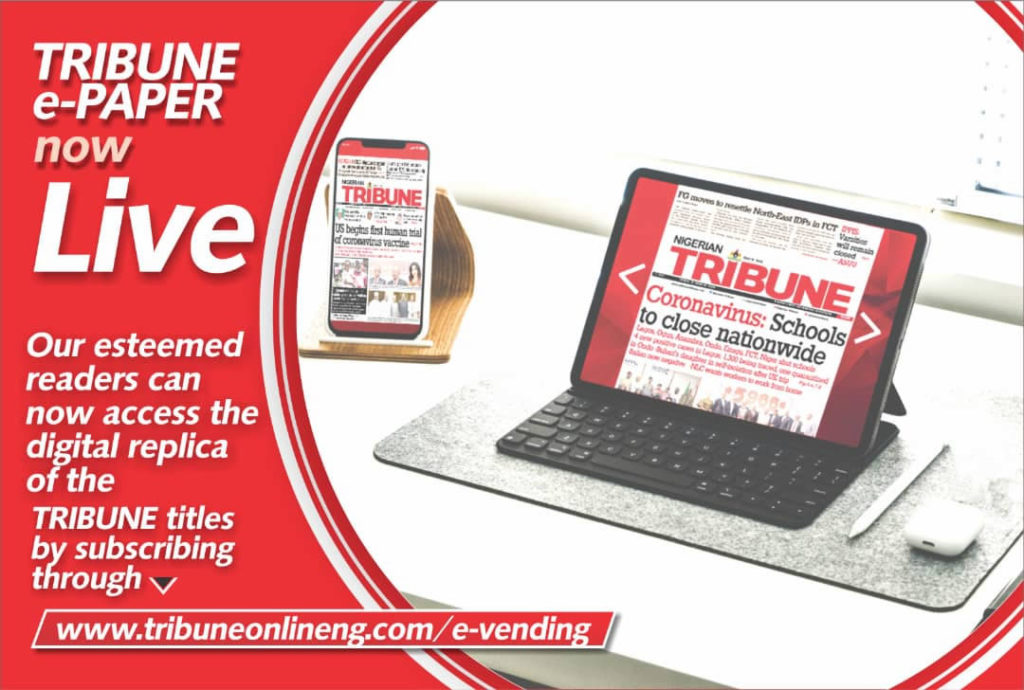Communicating a compelling product vision to cross-functional teams and stakeholders is both a strategic necessity and a nuanced art. At its core, product vision serves as the North Star, aligning diverse groups, engineering, design, marketing, sales, customer support, and executive leadership, around a shared understanding of where the product is headed and why that destination matters. Without a clear and resonant product vision, teams can become fragmented, each focused on their own departmental goals rather than the broader organizational mission. To foster collaboration and create a sense of purpose, leaders must convey the features or roadmaps that lie ahead and how this product will solve real customer problems, differentiate in the marketplace, and contribute to long-term business value.
Effective communication of product vision begins with understanding the perspectives, priorities, and challenges of each stakeholder group. Engineers might be concerned about technical feasibility and architecture, designers will focus on user experience and interface consistency, marketing teams will consider positioning, messaging, and market timing, while sales teams will need a clear value proposition to pitch to customers. Each of these groups brings its own mindset and terminology, so a product leader must translate the vision into language that resonates with each audience. For an engineering team, this might mean illustrating the scalable architecture that underpins future capabilities, framing the vision in terms of system performance and maintainability. With design teams, the emphasis may rest on the emotional impact of user journeys, demonstrating how the envisioned product interactions will delight and retain customers. By tailoring the narrative to address these unique concerns, the product leader ensures that everyone sees their role in bringing the vision to life.
Humans are naturally drawn to narratives rather than dry presentations of facts and figures. When communicating vision, it is powerful to frame it as a story that begins with the customer’s current frustrations or unmet needs, then progresses through the transformational change that the product will enable. For example, rather than simply announcing a feature that adds a new dashboard widget, a leader might illustrate a day in the life of a user who, without the dashboard, spends hours manually compiling data, making critical decisions under uncertainty. The story then shifts to show how, with the new dashboard, decisions happen in minutes, freeing up time for strategic work and reducing costly mistakes. This narrative technique makes the vision tangible, anchoring it in relatable experiences rather than abstract goals. When cross-functional teams can envision themselves as characters in that story, collaborating to overcome obstacles and achieving the happy ending, motivation naturally follows.
A high-level roadmap, for instance, can depict major milestones without delving into granular tasks, illustrating how each feature or initiative connects to the overarching goal. A simple one-page product brief that outlines the “why,” “what,” and “how” can serve as a living document, referenced in meetings and shared via collaborative platforms. Even a hand-drawn sketch or wireframe, especially in early stages, can spark imagination and invite feedback. Visuals have the advantage of bypassing language barriers, quickly aligning stakeholders on common objectives. They also create memory anchors, people recall images more vividly than bullet points, so the vision remains top of mind as teams tackle day-to-day challenges.
Consistency and repetition are critical to embedding product vision into organizational culture. A single town hall presentation or leadership memo will not suffice but the vision must be reinforced in multiple forums and through various channels. Weekly stand-ups can include a brief reminder of the company’s strategic priorities, linking current sprint goals to the long-term vision. Quarterly all-hands meetings offer an opportunity to revisit the vision at scale, highlight tangible progress, and recalibrate expectations as markets evolve. Informal conversations over coffee or virtual chat channels also present chances to reiterate the guiding principles. Over time, this persistent drumbeat ensures that, when difficult trade-offs arise, teams can step back and evaluate decisions in light of the vision, rather than defaulting to siloed priorities.
Transparency is another hallmark of effective vision communication. When stakeholders understand what the product aims to achieve and the constraints and trade-offs involved, trust deepens. This means sharing any news if a certain project is behind schedule due to technical debt, or if market feedback suggests a pivot is necessary, leaders should explain these realities openly. By acknowledging uncertainty and treating cross-functional teams as partners in problem-solving, product leaders foster an environment where questions and dissenting viewpoints are welcomed. This collaborative ethos prevents teams from feeling blindsided or confused by sudden changes in direction. Instead, everyone appreciates why adjustments are made and can contribute ideas to keep the vision on track.
In large organizations, alignment between product vision and strategic business objectives is paramount. Executives look for assurances that the product roadmap supports revenue growth, customer retention, profitability, or market share. Product leaders must therefore frame the vision within broader corporate goals, demonstrating how each feature or initiative contributes measurable value. This alignment may involve modeling projected outcomes, such as increased user engagement leading to higher subscription renewals. By connecting the dots between product decisions and business impact, leaders secure necessary resources and executive sponsorship. At the same time, frontline teams gain clarity on why a given objective matters, preventing frustration when operational tasks temporarily overshadow more creative work.
Feedback loops are essential to keeping the product vision relevant. Markets shift, technologies advance, and user expectations evolve. Product leaders should establish mechanisms for gathering input from cross-functional teams and stakeholders incrementally. Customer support teams, for instance, can relay common pain points gleaned from user inquiries. Sales teams might highlight emerging competitor offerings or new market segments. Through regular surveys, workshops, or listening sessions, leaders collect these insights and integrate them into the evolving vision. Communicating these updates ensures that everyone understands how mid-course corrections reflect new realities. This two-way dialogue transforms vision from a rigid statement into a living framework that adapts to change without losing its core essence.
Empowerment goes hand in hand with communication. When teams feel personally invested in realizing the product vision, they take greater ownership of outcomes and drive velocity. To foster this, leaders can delegate specific aspects of the vision to cross-functional “champions”, individuals who, because of their domain expertise, can advocate for and refine the vision within their respective teams. A UX champion might own the vision for user delight, curating design guidelines that ensure consistency. A data champion could own the vision for data-driven decision-making, advocating for dashboards and metrics that measure progress in real time. By empowering these champions, the broader vision becomes embedded at every level, with each team equipped to translate high-level objectives into actionable tasks. This collaborative ownership also ensures that vision is not imposed from the top down but co-created across disciplines.
The language used to communicate product vision must also inspire confidence. Ambiguity breeds hesitation, vagueness saps energy. Instead of vague terms like “improve user experience,” anchoring the vision in specific outcomes, “enable users to complete key workflows in less than two minutes, reducing drop-off by 25 percent”, adds both urgency and clarity. At the same time, leaders must avoid overpromising. Bold visions that lack feasibility erode credibility. Striking the right balance, aspirational but grounded, invites teams to stretch creatively without feeling overwhelmed. In this way, vision becomes a source of both motivation and pragmatic guidance.
Ultimately, successful communication of product vision hinges on leadership presence and authenticity. Teams are acutely attuned to nonverbal cues and consistency between words and actions. When product leaders visibly champion the vision in meetings, debates, and informal exchanges, they model the level of commitment they expect from others. An executive who halts a project that doesn’t align with the vision demonstrates that it is more than a slogan, it is a foundational decision-making criterion. Over time, this alignment between rhetoric and practice cements trust and unites cross-functional stakeholders around a cohesive direction. It signals to every individual that their work contributes to something larger than themselves, galvanizing collective effort.
Crafting and communicating product vision is an ongoing journey. Through empathy, storytelling, visual aids, consistent reinforcement, transparency, strategic alignment, feedback loops, empowerment, precise language, and authentic leadership, product vision transcends a static statement and becomes a dynamic force that guides daily actions. As cross-functional teams internalize this vision, they collaborate more effectively, make better-informed decisions, and ultimately deliver greater value to customers. In a rapidly changing landscape, the ability to articulate and adapt a resonant product vision serves as the bedrock for sustainable innovation, ensuring that every stakeholder understands why that future is worth building together.






